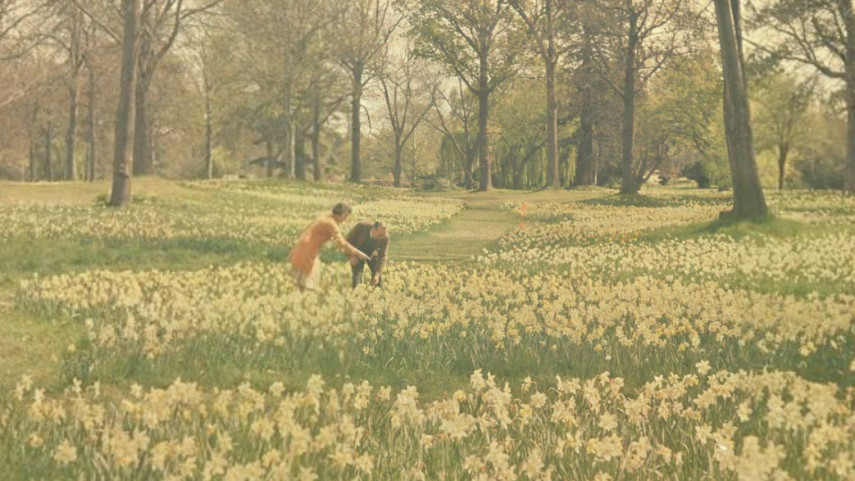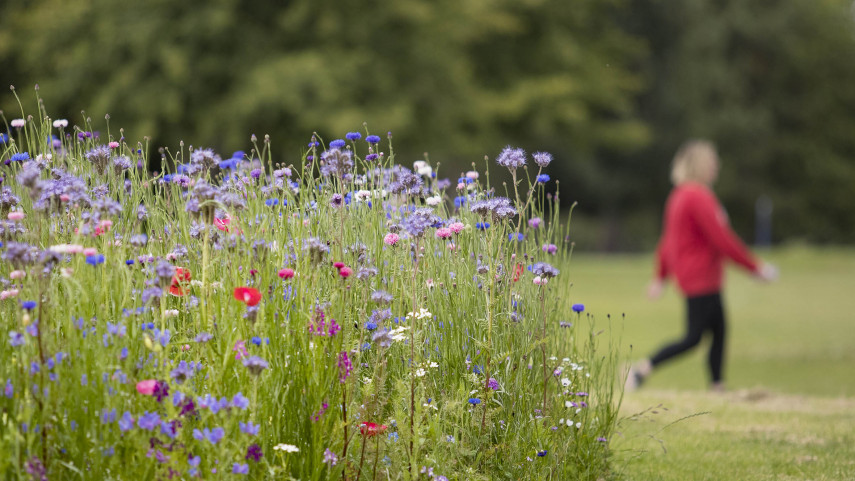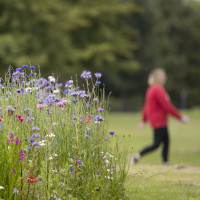
Garden City name has long association

Share this story
As spring weaves its magic across the Garden City, we asked Christchurch City Council Head of Parks Andrew Rutledge how the name came about.
"It’s actually an association that dates back to 1906, the year Hagley Park hosted the New Zealand International Exhibition and British Government attendee Sir John Gorst remarked that Christchurch reminded him of garden cities in England," says Mr Rutledge.
Garden cities were part of an early 20th century planning movement promoting urban environments which retained the environmental qualities of the countryside - something most industrial cities of the time lacked.
“Christchurch wasn’t a planned ‘garden city’ as such but the name caught on over time, a fitting reflection of the large number of public green spaces, reserves and private gardens,” he says.
As the city grew it became well known for its expansive parks and notable public gardens including Ilam Gardens, Mona Vale and the Botanic Gardens.
“It’s no surprise Christchurch became synonymous with the 'Garden City' catchphrase. But while the name goes back a long way, it was during the 1980’s and 1990’s that it really took hold and shaped the city’s identity both here and overseas.”
In October 1997 Christchurch won the premier section of the international Nations in Bloom competition. Voted 'Best Garden City in the World', the victory cemented our reputation worldwide.

People flock to see the cherry blossoms in Hagley Park
“The public gardens at that time were highly manicured and colourful and placed a strong emphasis on floral displays and that style became synonymous with Christchurch,” says Mr Rutledge.
Over the past decade, the city has embarked on a more naturalised approach towards planting, with a focus on indigenous plants and those naturally suited to our climate.
“Flowers and colour still have a central role to play. Every spring and summer many thousands of bedding plants and bulbs are planted in our public gardens. Our cherry blossoms attract thousands of people and our daffodils are the envy of many.
“The challenge for the city and its residents going forward is to imagine and embrace what a 21st century garden city looks and feels like. We know we need to plant many more trees on public land to help mitigate the impact of climate change. We are also exploring new ways of reducing carbon emissions such as planting wildflowers in amenity areas to reduce grass cutting and increase biodiversity.
“Many people visited the first trial plot in north Hagley Park last year. We are increasing the footprint of this trial to 10,000 sq metres in an adjacent area to help understand how we could implement this different approach and manage it sustainably.”


